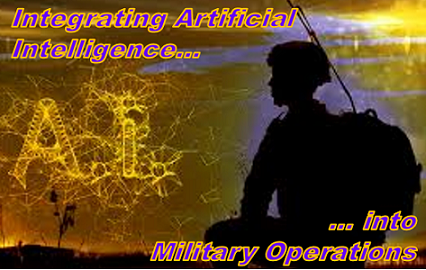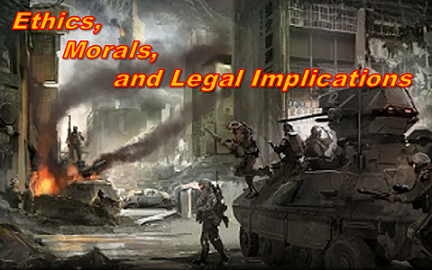[Editor’s Note: While Monday’s post explored a U.S. perspective on Artificial Intelligence (AI) integration to military operations, today’s article, excerpted from this month’s OE Watch, addresses China’s embrace of “Intelligentization.” Intelligentization is the uniquely Chinese concept … Read the rest
198. Integrating Artificial Intelligence into Military Operations
[Editor’s Note: Mad Scientist Laboratory is pleased to excerpt today’s post from Dr. James Mancillas‘ paper entitled Integrating Artificial Intelligence into Military Operations: A Boyd Cycle Framework (a link to this complete paper may be found at the … Read the rest
192. New Skills Required to Compete & Win in the Future Operational Environment
[Editor’s Note: The U.S. Army Training and Doctrine Command (TRADOC) recruits, trains, educates, develops, and builds the Army, driving constant improvement and change to ensure that the Army can successfully compete and deter, fight, and decisively win on any … Read the rest
190. Weaponized Information: One Possible Vignette
[Editor’s Note: The Information Environment (IE) is the point of departure for all events across the Multi-Domain Operations (MDO) spectrum. It’s a unique space that demands our understanding, as the Internet of Things (IoT) and hyper-connectivity have democratized accessibility, … Read the rest
183. Ethics, Morals, and Legal Implications
[Editor’s Note: The U.S. Army Futures Command (AFC) and Training and Doctrine Command (TRADOC) co-sponsored the Mad Scientist Disruption and the Operational Environment Conference with the Cockrell School of  Engineering at The University of Texas at Austin on 24-25 … Read the rest
Engineering at The University of Texas at Austin on 24-25 … Read the rest





